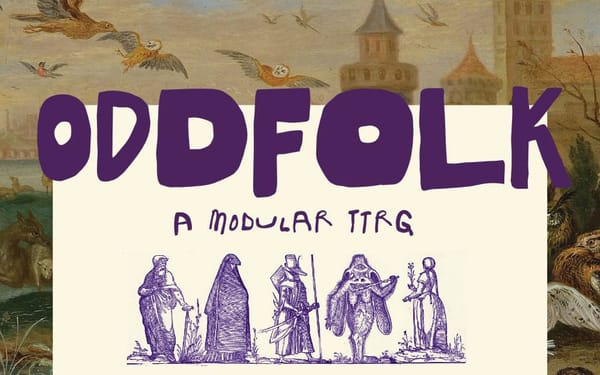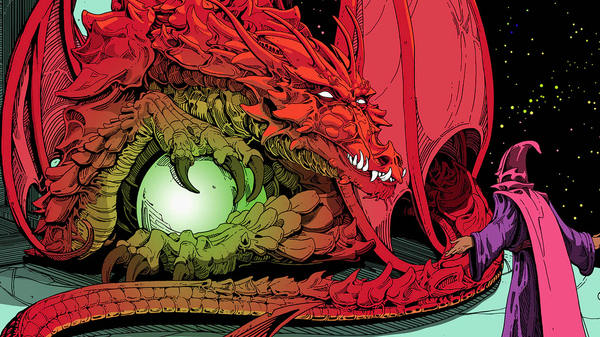Ditch the d100s; Augur Your Party’s Future Instead
An Interview With Starot’s Creator on Tarot as Random Chance Mechanic
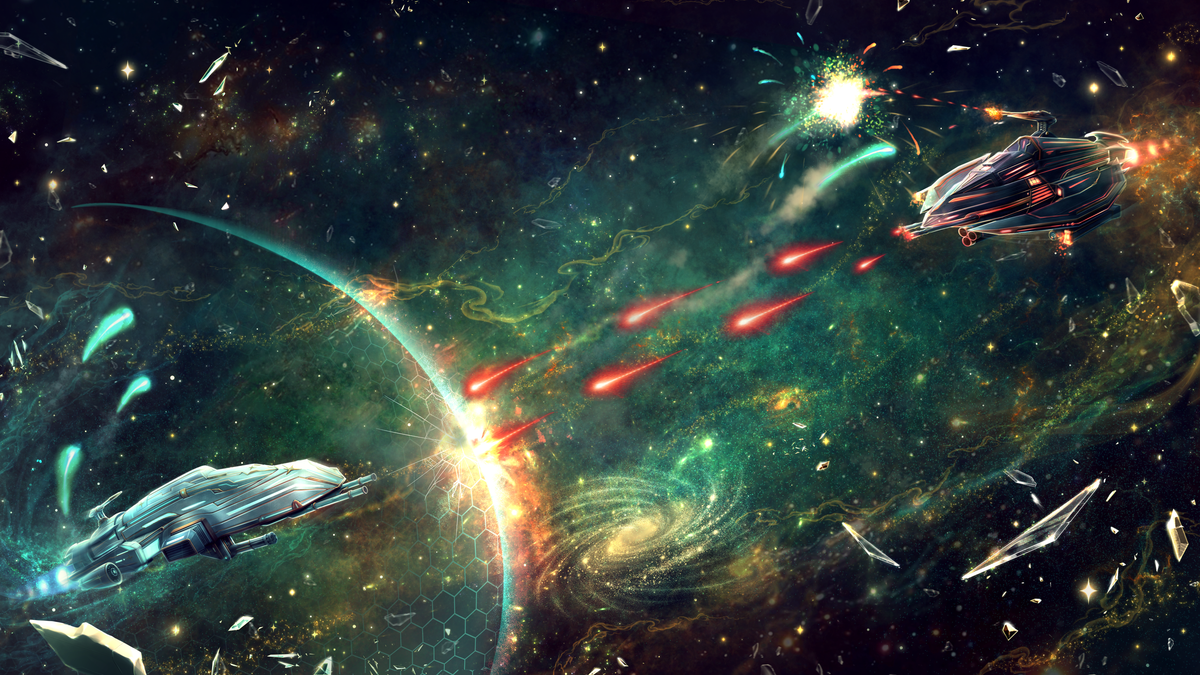
When veteran game master and game designer Benedict Yugaraj developed Starot, a sci-fi cosmic fantasy table-top roleplaying game and the first of its kind made in Singapore, he sought to develop an improved mechanic for determining random chance encounters and events in-game. The universe is vast, complex, and full of surprises - how does one do justice to that richness by generating a random number and plugging in a pre-written scenario from a small array of potential outcomes? That is precisely why in Starot, set in a universe in which fate is controlled by sentient, living constellations of the 22 Major Arcana, tarot cards are used by game masters (called Oracles) to foretell the future of their players and read their fortunes into reality.

Q: d100 random encounter tables have been a mainstay of TTRPGs for many years. Why abandon this trusty mechanic that has served us well so far?
Benny: In my 18 years of GMing, I noticed something universal. From endless Pathfinder tables to Dungeons & Dragons’s wild magic surges, whether for standalone one-shots or long-running campaigns, most experienced GMs don’t actually use stock random encounter tables because they act like speed bumps to narrative momentum instead of a forward propelling force.
If your d100 result dictates that an Ancient Dragon appears and attacks the party, that leaves the game master and players alike scrambling to weave together a frayed narrative on why no one detected this massive creature coming, why they’re here, what they want. The dice tell you what happens, but never why it matters to the overarching story.
Q: So how do tarot cards solve this problem in Starot?
Benny: In Starot, fate is controlled by the 22 living constellations corresponding to the Major Arcana. When the Oracle draws a tarot card for an encounter, they’re not just determining what happens, but why and how it happens - namely, via the interference of these god-like entities in the fate of the adventuring crew.
Here’s how it works in gameplay. During a session, three scenario cards are always in play, representing three constellations that are actively involved in influencing the fate of the crew, primarily through NPC choices and environmental variables. The first card affects the physical domain, the second, the mental arena, and the third represents the overall world, touching both physical and mental spheres but to a lesser degree than the first and second cards. When a new tarot card is drawn from the deck, it replaces one of the three scenario cards, reflecting a shifting of cosmic forces and influence over the crew’s unfolding story.
Q: Can you give us a concrete example of how the scenario cards work?
Benny: Absolutely! Say you draw the three scenario cards shown below.
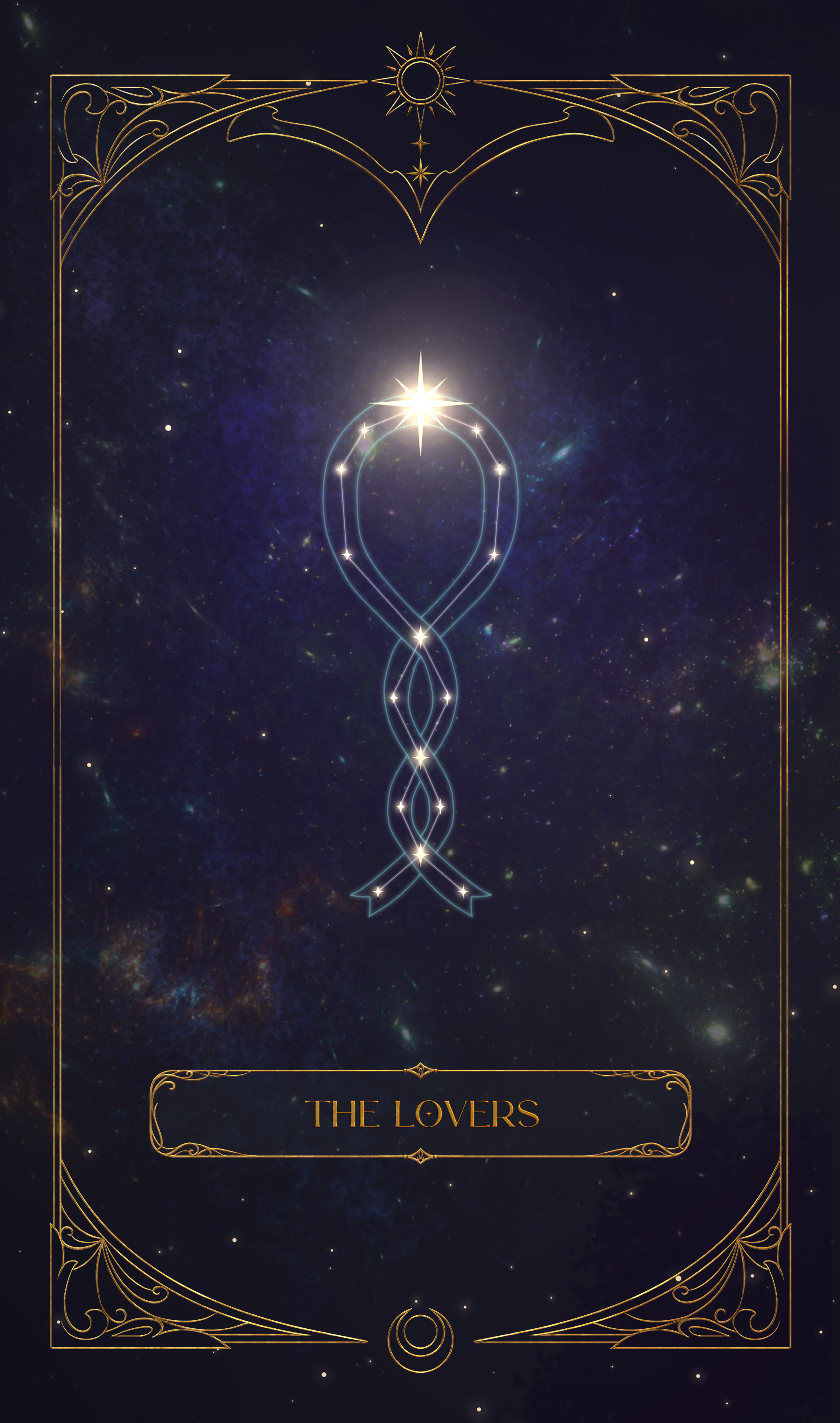
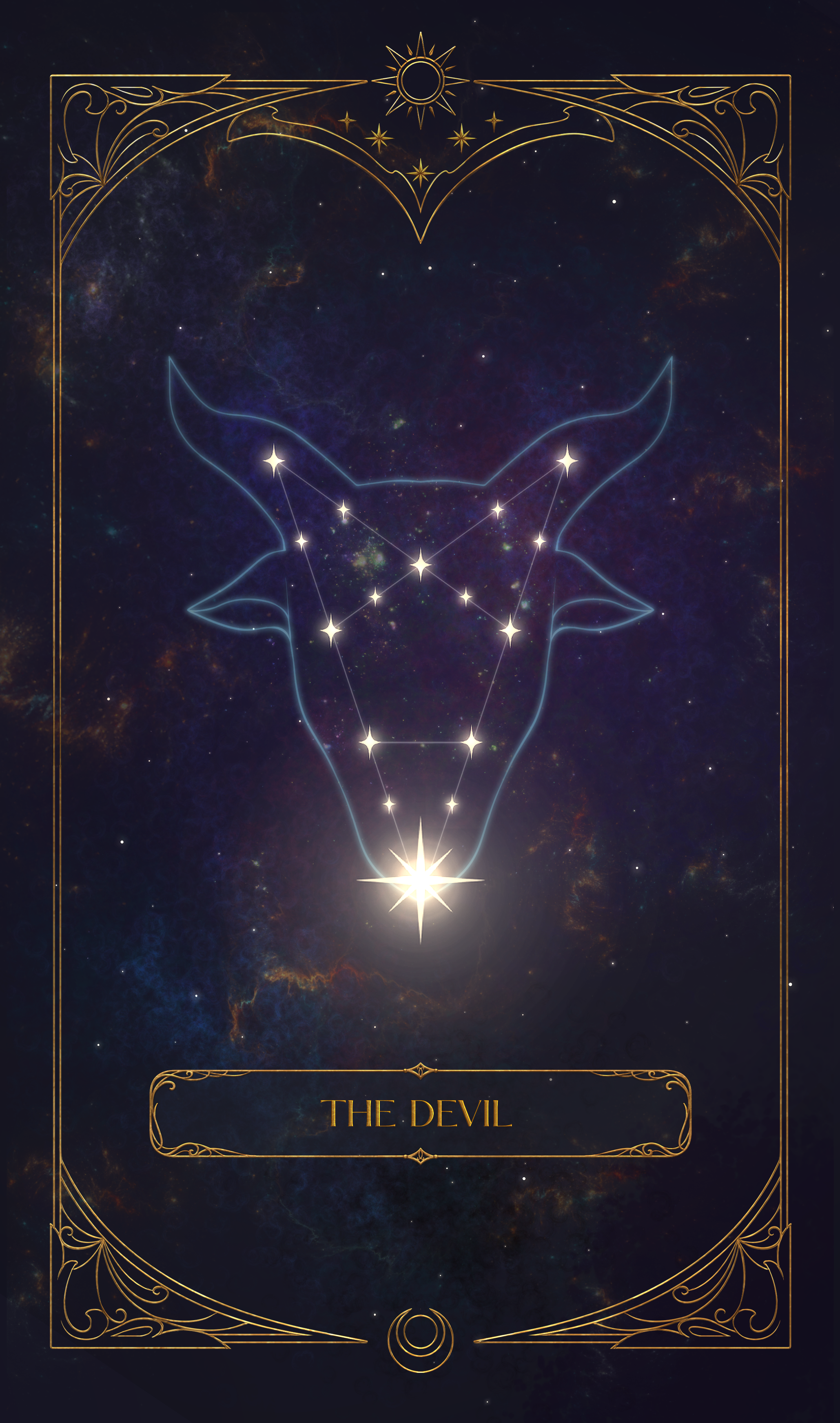
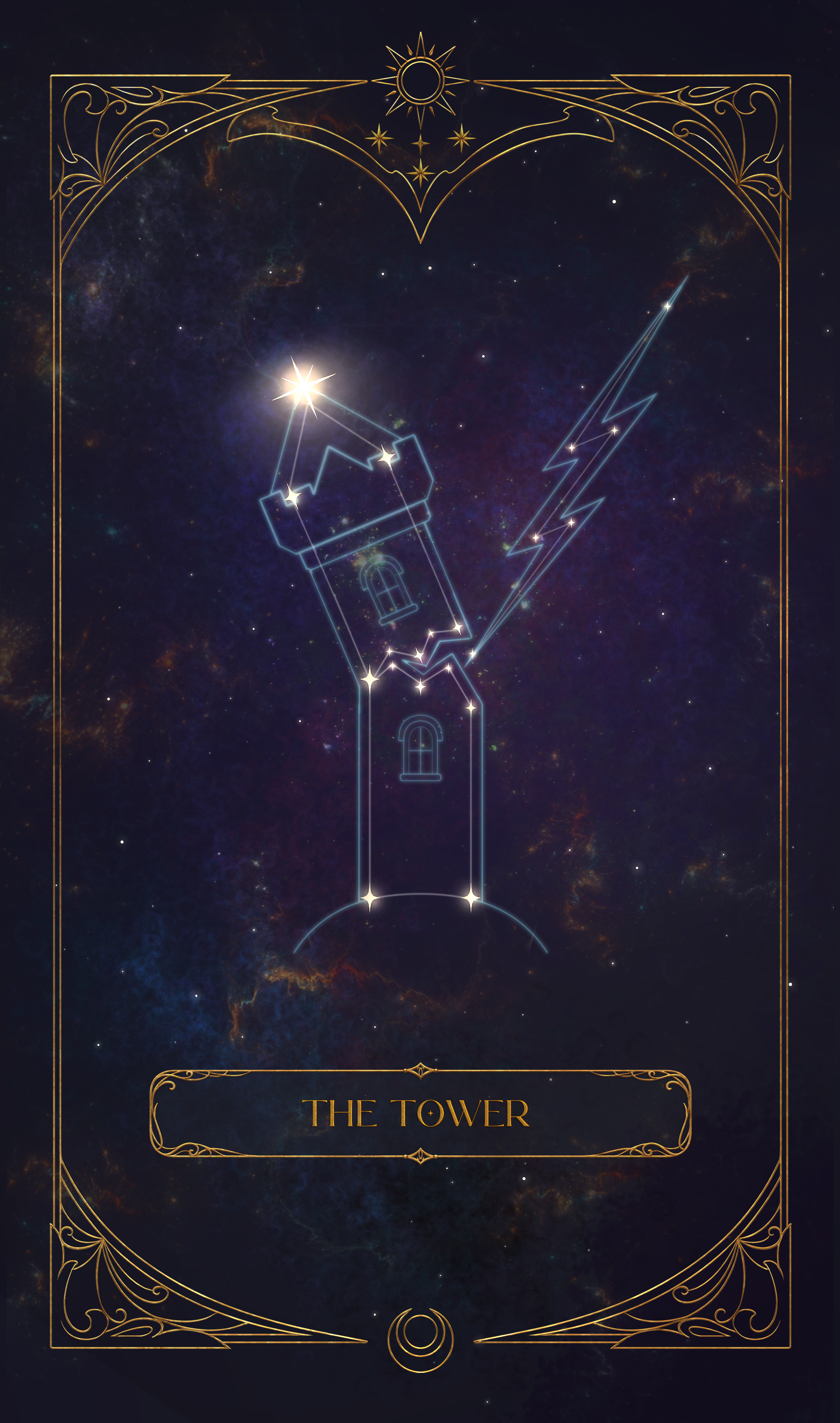
The first card, The Lovers, represents harmony and relationships in the physical realm. The Oracle extrapolates this inherent meaning and weaves it into the narrative - perhaps if the players stick together as a group while hunting a rogue smuggler through the city, The Lovers rewards their cooperation with a favourable outcome rather than if they had split up in pursuit of their mission objective.
The Devil, the second card, influences the mental sphere and represents temptation and greed. The crew notices that the friendly weapons dealer in the market seems to be bringing an awful lot of their customers into the secure back room of the store. Could they be brazenly peddling illegal munitions procured from a certain familiar smuggler?
The final card of The Tower might manifest its meaning of crisis and destruction in-game as a catastrophic reactor meltdown in the city centre, triggered by the crew’s wanted criminal as a last-ditch distraction to cover her escape. The crew, torn between two paths, is spurred into quick and decisive action. In all three examples above, the tarot card drawn merely alters the flavour and tenor of story beats that flow naturally from the trajectory of the narrative, a far cry from the jarring discordant intrusion into the story that d100 tables can cause.
Q: This sounds like it requires significant improvisation. How does it help GMs who struggle with thinking on their feet?
Benny: That’s the beauty of it using tarot. Tarot cards are inherently rich with meaning and symbolism. Instead of taking a pre-written scenario and trying to plug it into the current in-game context, GMs can use the overarching concepts represented by the tarot card drawn - collaboration, avarice, catastrophe - as a narrative scaffold to form the overarching theme of what happens next in the story. While the tarot chance mechanic is inherently incorporated into Starot’s world, lore, and gameplay, it can be used in any other TTRPG to easily and flexibly inscribe meaning upon seemingly random events and seamlessly weave new threads into the larger tapestry of the group’s collaborative storytelling. This is invaluable for budding GMs looking to hone their creativity and improvisation skills.
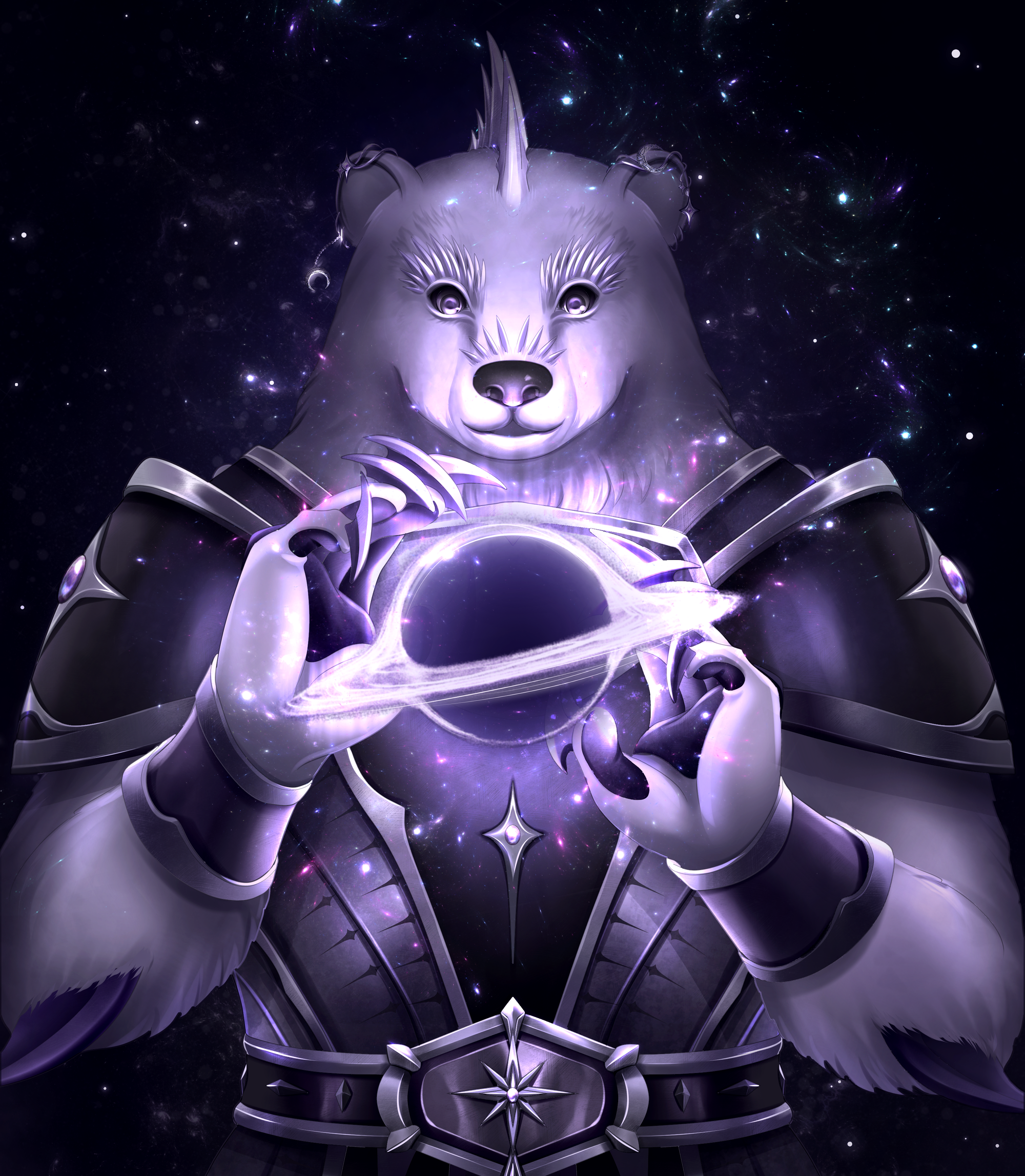
Q: Can players interact with the tarot mechanic, or is it just for Oracles (GMs)?
Benny: Yes! Players interact with the tarot in two ways. During character creation, players may choose to randomly draw a card from the Major Arcana, as in a traditional tarot reading, or to manually select a card which symbolism resonates with their character’s backstory. This card represents the character’s patron constellation, the entity most invested in influencing their destiny. The patron constellation’s blessing bestows mechanical buffs to the character according to the constellation’s powers, and these benefits intensify or weaken depending on the character’s physical location in relation to the constellation’s domain.
In the course of gameplay, players can elect for their characters to seek auguries from in-game NPC Oracles before major encounters or when making crucial decisions. If The Oracle draws The Moon and the crew subsequently encounter a derelict ship drifting in space, they would be wise to be suspicious and keep a lookout for deception and trickery. These in-game readings do not dictate future outcomes but enhance the meaningful choices made by the players.
Q: Any final thoughts for TTRPG players and GMs considering the tarot mechanic approach?
Benny: My greatest objective as a GM is to have random events add a refreshing twist to the story arc while also feeling inevitable in hindsight because they are so cohesively integrated into the narrative. Preserving player choice and agency is of paramount importance to me, and that’s exactly what the use of tarot cards achieves - randomness with meaning, and chance with purpose.

Starot is a sci-fi cosmic fantasy TTRPG in which three galaxies find themselves mysteriously transported into coalescence with a supermassive galaxy in which powerful stellar entities manipulate fate itself. With its tarot card mechanic, physics-based ship combat, nine unique playable species and a fully-developed system of careers, equipment, ships, mods and upgrades, Starot offers unique roleplay experiences and fresh new mechanics backed by rich worldbuilding.
Starot’s crowdfunding campaign on Gamefound ends on November 14th. Learn more at starotrpg.com.


